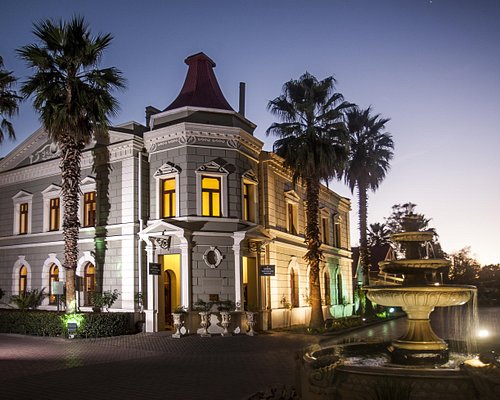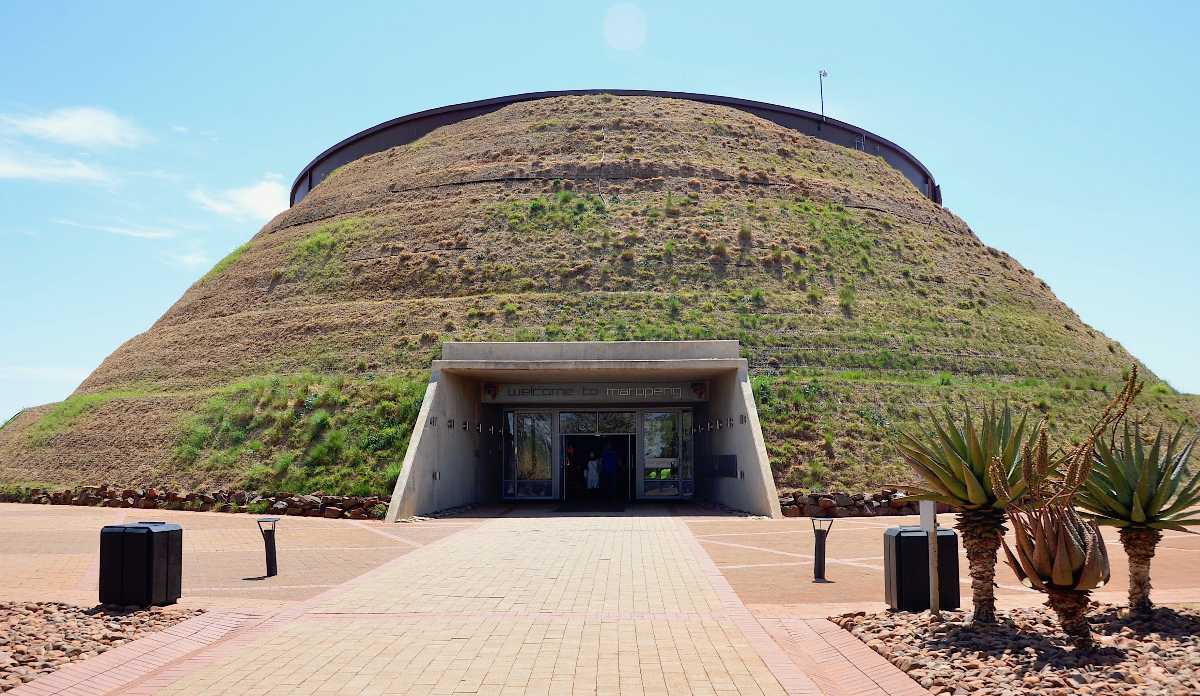What Does Johannesburg North Attractions Mean?
What Does Johannesburg North Attractions Mean?
Blog Article
Johannesburg North Attractions Can Be Fun For Anyone
Table of ContentsHow Johannesburg North Attractions can Save You Time, Stress, and Money.What Does Johannesburg North Attractions Mean?Little Known Facts About Johannesburg North Attractions.Getting My Johannesburg North Attractions To WorkThe 45-Second Trick For Johannesburg North AttractionsThe Buzz on Johannesburg North AttractionsThe 8-Minute Rule for Johannesburg North Attractions
However you should keep safety and security in mind and vacationers need to stay sharp whatsoever times when in strange surroundings. Talk to the locals when you are in community to discover the area you are remaining in. Johannesburg North attractions. When on the street (this does not apply to shopping center and various other safe and secure atmospheres) finest general recommendations is to attempt your finest to look like a neighborhood and to stay clear of presenting any type of type of riches
The Single Strategy To Use For Johannesburg North Attractions
Professor Revil Mason O. J. (Thomson, 1946) explored the Witwatersrand's pre-colonial background. His archaeological work exploded the 'em pty land' misconception, according to which the area was lacking human habitation before the arrival of European inhabitants. In his magazines Prehistory of the Transvaal: A Document of Human Activity (1962) and Beginnings of Black Individuals of Johannesburg and the Southern Western Central Transvaal Advertisement 3501880 (1986 ), Professor Mason demonstrated the level of social and financial development in the area prior to Europeans established foot below.

The Basic Principles Of Johannesburg North Attractions
In 1878, David Wardrop located gold in quartz capillaries at Zwartkop, north of Krugersdorp. In 1881, Stephanus Minnaar came across gold on the ranch Kromdraai, near the Cradle of Humankind.
In March 1886, an outcropping (soon to be called the Key Coral reef) was found, rather fortunately, on Gerhardus Oosthuizen's ranch Langlaagte. Some say that the Lancastrian coal miner George Walker discovered this coral reef. Another itinerant English prospector, George Harrison (who had formerly operated in Australian mines) gotten a prospecting licence in regard of Langlaagte in May 1886.
He decided to go on in a pursuit for greener pastures, and disposed of his Langlaagte case for the baronial amount of 10. Alas: below lay the richest goldfield ever found. The exploration of this rich auriferous reef prompted a gold rush that indicated the end of bucolic serenity in the southern Transvaal.
It would, within six years, end up being the largest community in southerly Africa. Within a decade, it would make the Z. A. R. until then an anarchical and bankrupt little state the richest nation in Africa. By the turn of the century, the Z. A. R. was to surpass Russia, Australia and the United States of America to come to be the world's leading gold producer, creating greater than a quarter of the globe's gold.
Not known Facts About Johannesburg North Attractions
It was referred to as Ferreira's Camp, named after Colonel Ignatius Ferreira. He was a Boer adventurer upon whom the British authorities had presented the condition of Companion of one of the most Differentiated Order of St Michael and St George (entitling him to the post-nominal letters C. M. G.) in thankfulness for his role in the battle that had deposed the Pedi king Sekhukhune in 1879.
Quickly the camp was see this site brimming with outdoors tents and wagons as beginners arrived daily from everywhere. By September 1886, some 400 individuals resided in Ferreira's Camp, which soon flaunted erected iron and lumber structures. Two various other camps were established: Meyer's Camp on the ranch Doornfontein, and Paarl Camp. The latter was nicknamed Afrikander Camp; lots of people from the Cape Nest settled there.

An Unbiased View of Johannesburg North Attractions
This name got currency by word of mouth, such that the State Secretary affirmed the name to the Mining Commissioner on 9 October 1886. Stands in the town were auctioned on 8 December 1886. While some stands were cost 10, others were torn down for as little as sixpence.
2 years later on, these erven were to transform hands for as long as 750 each. The tented camps diminished as a dorp of corrugated iron structures developed and expanded north of the mines situated along the Main Reef Road. Areas such as Jeppe's Town (where working-class immigrants erected their houses) and Doornfontein (where the affluent new 'Randlords' started to create their luxurious homes) were quickly included to the ever-expanding map of the community.
Fascination About Johannesburg North Attractions
Aside from the street names, there were no indicators of Johannesburg being situated in a Dutch-speaking nation. Several years later on, C. W. Kearns O. J. (among the very first children registered at St John's University in 1898) would remember: 'An odd truth concerning Johannesburg was that, although it was in the [Boer Republic], almost everybody spoke English and even the Federal government slaves resolved one in English, unless they were initial attended to in the Taal (or Low Dutch)'.
Britain had a passion in ensuring optimal problems for gold manufacturing on the Witwatersrand, and that the gold was exported to London rather than Berlin an imperative made all the more clamant by the Z. A. R.'s increasing toenadering with Germany. Mine proprietors got on a crash training course with President Kruger, whose policy of monopolistic giving ins (usually provided to his cronies) avoided mining firms from procuring materials of materials (specifically dynamite) and labour on their very own, less costly terms
Get This Report on Johannesburg North Attractions
In 1890, the Volksraad had actually limited the franchise business to white men who had stayed anchor in the Z. A. R. for fourteen years or longer, hence disqualifying the majority of the immigrants (who occurred to be the major factors my link to the fiscus). Nevertheless, frustration for the vote was a plain pretense for advertising a different program; the majority of uitlanders concerned themselves as momentary site visitors and had no purpose of continuing to be in the Z.
Report this page